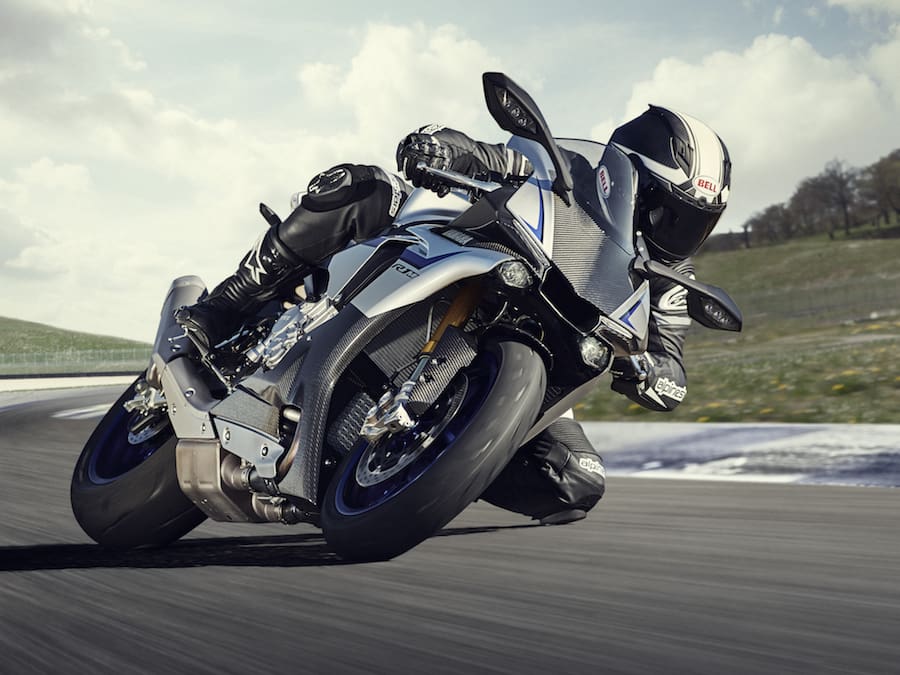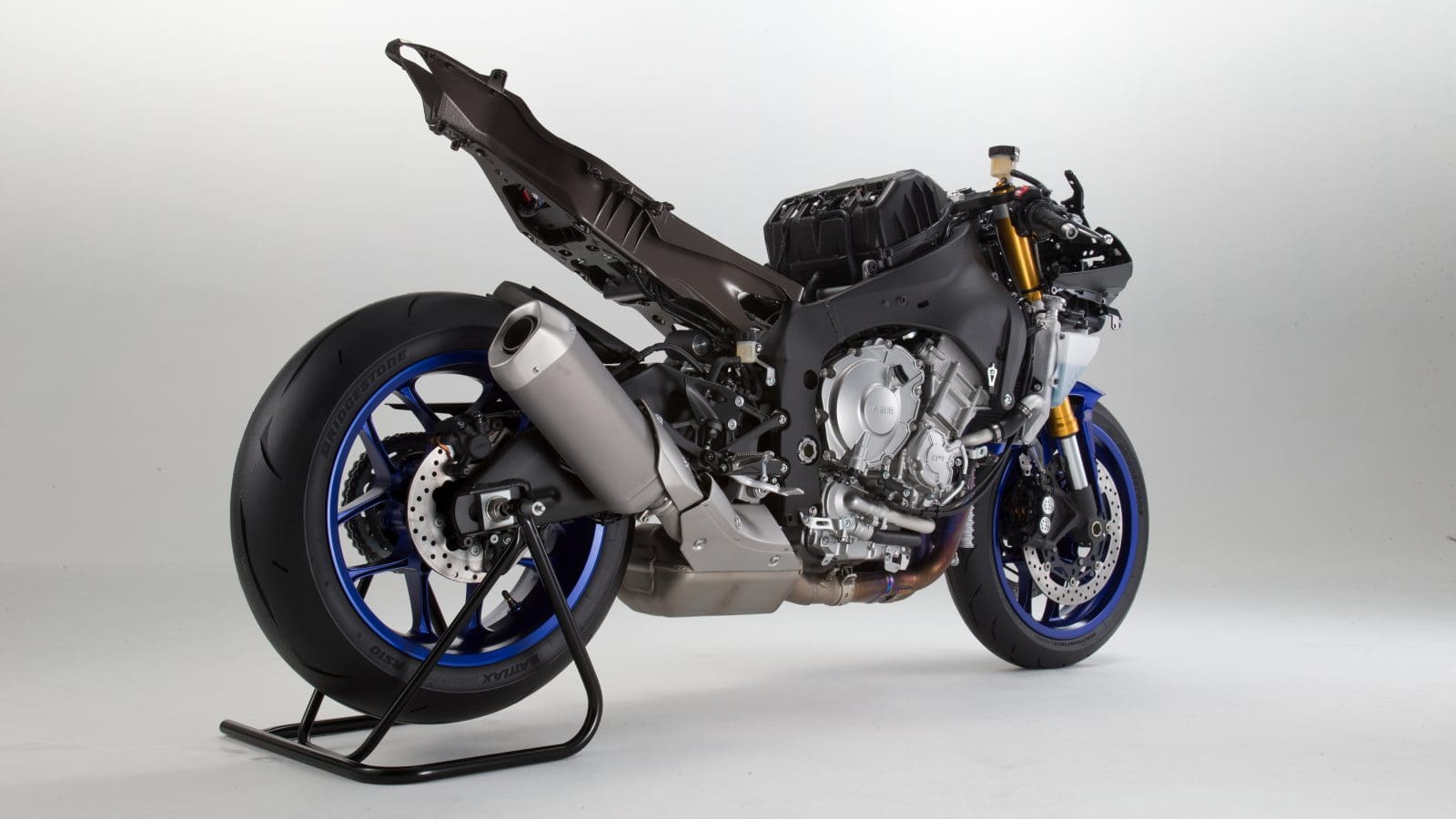Tightening emissions regulations in Europe in 2020 and 2021 mean the Superbike category is about to be redefined over the coming months by a wave of new models.
Our investigations have revealed Yamaha’s long-running YZF-R1 will be at the forefront of change, using its MotoGP development program to unleash a totally new Superbike. Expect to see a reverse-rotating crankshaft and seamless-shift transmission, along with some form of variable valve timing and lift technology.
Virtually unchanged since its introduction in 2015, the current generation of YZF-R1 is in its fifth year of production, making it the oldest bike on the WorldSBK grid and putting it right on schedule for a much-needed revamp. And the new Euro 5 emissions rules, combined with the much-improved technology of its rivals, means it has to produce something pretty special.
To meet Euro 5 rules, one of the big changes is almost certain to be variable valve timing and lift technology. Yamaha is already well versed in this. It’s been designing and making VVT car engines for other companies for many years and already offers small, single-cylinder scooters and motorcycles with VVT/L setups, including the 2019 YZF-R125.
We’ve already heard on good authority that the next-generation Honda Fireblade will adopt a variable valve system, and of course BMW’s new S 1000 RR and Suzuki’s GSX-R1000 already have this technology, so Yamaha isn’t going to be first to the party.
Other rumoured engine changes include a reverse-rotating crankshaft to make the handling more nimble. Yamaha was one of the first to adopt such an arrangement in MotoGP, more than a decade ago, and now Ducati’s Panigale V4 has brought counter-rotating cranks to the Superbike arena.
One area where the next-gen YZF-R1 might be ahead of the game is its transmission. Yamaha has recently filed patent applications for a seamless-shift transmission similar to the ones used by MotoGP bikes, and its designs suggest it’s intended for a road-going R1 Superbike. Although mind-bogglingly complex in its operation, the transmission doesn’t use many more components or a radically different layout compared to a conventional motorcycle gearbox.
It takes over 100 pages of patent to describe its exact principles and operating methods, but in short it uses a ratchet-style approach to allow two gears to be engaged simultaneously at any time. So as you change up or down there’s no need to use the clutch. More importantly, there isn’t even the split-second interruption in torque transfer you get with existing quickshifter transmissions.

Stonking Donk
There have been four distinct R1 engine generations since its original launch back in late 1997. The first lasted until 2003, the second from 2004 to 2008. The third – and the first crossplane engine – ran from 2009 to 2014. The current generation is in its fifth model year already. Makes you feel old, eh?
Launch date
When can we expect to see the new R1?
Much will depend on Yamaha’s approach to the Euro5 rules. The laws state that newly-homologated models need to comply by January 1, 2020, while models that were already type-approved under Euro 4 rules can remain on sale until January 1, 2021. When Euro 4 laws were introduced in 2016, Yamaha was among the most proactive manufacturers, getting its range aligned with the laws earlier than many of its rivals. If it follows the same pattern again, we’re likely to see the next-gen R1 before the end of this year.

A change is gonna come
So will everyone follow suit?
The next two years will see a seismic shift in the superbike market as at least three of the key Japanese machines become due for renewal. Model updates to Yamaha’s R1, Honda’s Fireblade and Kawasaki’s ZX-10R will take Superbike technology to the next level while meeting Euro 5 emissions rules.
Honda’s Fireblade is expected to be completely revamped for 2020, adopting variable valve timing and lift (VTEC) to ensure it bridges the power deficit to its rivals while meeting the tighter emissions rules.
Kawasaki’s ZX-10R is a mystery. The model has followed a pattern of gradual, yearly upgrades over the past few years, coinciding with Kawasaki’s dominance of WSBK, but there’s been no information to suggest what its response to Euro 5 will be.
AMCN is digging deeper to find out and you will be the first to know.

By BEN PURVIS











